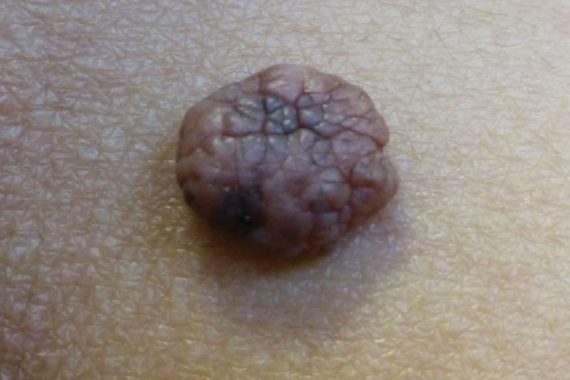Dr Michael Devlin, head of professional standards and liaison at the Medical Defence Union (MDU), discusses the medicolegal issues arising from the recent increased use of teledermatology
The increasing number of remote GP consultations because of the pandemic has meant that more diagnoses have to be made at a distance. This can be particularly challenging with conditions such as skin lesions that ordinarily require physical examination, possibly with a dermatoscope. However, thanks to smartphones, it is now possible for patients to take a high-quality digital image and share it with their GP, who can then use it to decide whether further investigation is needed or to support referral to specialist dermatology services.
Key learning points:
• Consider whether a digital photo is necessary and sufficient, particularly if the lesion is on an intimate body part, which could potentially create medicolegal issues later on. This is especially important with images of children or patients who lack capacity.
• Make sure you have specific consent to receive and store the image, even if the patient suggests it should be taken. Explain why a photo will aid in providing care, how it will be stored, and that it won’t be used for other purposes without express permission. Also advise patients about steps they should take to protect their own privacy.
• Consider providing guidance to patients on how to take sharp, useful photos to maximise the chance they will be of high enough quality to aid diagnosis and clinical care. Review any images upon receipt and if they’re not suitable, delete them and consider whether a face-to-face consultation is needed.
• As with other clinical records, ensure digital images are sent securely to your encrypted NHS email, then deleted once uploaded to the patient’s records.
• Seek the patient’s consent if, after the consultation, you need to refer them to a specialist and explain that you need to pass on clinical information, including the digital images, with the referral. It could be possible to refer without the image if the patient objects, but this may introduce delays.
Dr Michael Devlin is head of professional standards and liaison at the Medical Defence Union (MDU) and a former GP
Pulse October survey
Take our July 2025 survey to potentially win £1.000 worth of tokens












